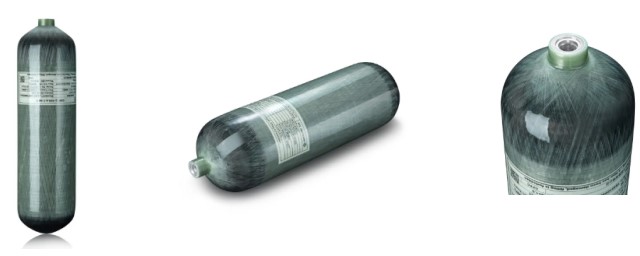In the realm of maritime safety, the evolution of emergency inflatable systems has taken a significant leap forward, and at the heart of this transformation lies a crucial component – cylinders. These unassuming yet essential devices play a key role in inflating confidence, ensuring the swift and reliable deployment of life-saving equipment in critical situations at sea.
The Backbone of Rapid Response
Emergency situations demand rapid response, especially when lives are at stake. In this context, cylinders serve as the backbone of inflatable systems, providing the necessary pressure to inflate life rafts, life boats, and other inflatable tools promptly. The speed at which these systems deploy can make all the difference in rescue operations and ensuring the safety of those in distress.
Compact Powerhouses
One of the standout features of cylinders in emergency inflatables is their compact yet powerful design. Modern advancements, particularly the integration of carbon fiber, have revolutionized the weight and size of cylinders, making them highly portable without compromising on performance. This shift has drastically improved the efficiency of emergency inflatable systems, allowing them to be easily stowed on vessels without occupying excessive space.
Buoyancy On-Demand
Buoyancy is the lifeline of any emergency inflatable system, and cylinders play a pivotal role in ensuring it is readily available when needed. These devices, often filled with compressed air or other gases, provide the necessary pressure to inflate chambers within life rafts and boats, instantly transforming them into buoyant and life-saving vessels. The on-demand nature of this buoyancy is critical in situations where every second counts.
Carbon Fiber: A Game-Changer
The adoption of carbon fiber in cylinder construction marks a significant advancement in the reliability and durability of emergency inflatable systems. Carbon fiber brings a perfect blend of strength and lightweight design, addressing the challenges posed by traditional materials. This not only contributes to the overall efficiency of the system but also enhances its resilience in the harsh marine environment.
Ensuring Safety through Innovation
Safety is paramount in maritime operations, and cylinders are engineered with this principle at the forefront. The incorporation of innovative safety features, such as pressure release valves and fail-safe mechanisms, ensures that these cylinders operate seamlessly even in the most challenging conditions. The “pre-leakage against explosion” technology, for instance, mitigates risks associated with traditional cylinders, providing an additional layer of safety for those relying on inflatable systems.
Versatility in Application
Beyond life rafts and life boats, cylinders find applications in a myriad of emergency inflatable systems. From inflatable lifting pads used in salvage operations to rapidly deployable floating barriers for containment, the versatility of cylinders extends to various tools designed to address specific challenges at sea. This adaptability underscores the importance of these devices in the broader spectrum of maritime safety.
The Future of Inflatable Confidence
As technology continues to advance, the role of cylinders in emergency inflatable systems is set to evolve further. Researchers and engineers are exploring smart technologies that could enhance the responsiveness and capabilities of these devices. Integrating sensors for real-time monitoring, improved materials for even greater durability, and enhanced inflation mechanisms are among the innovations on the horizon.
In conclusion, the humble cylinder stands tall as a linchpin in the realm of emergency inflatable systems, providing the buoyancy that can mean the difference between life and death at sea. The continuous pursuit of innovation, coupled with a commitment to safety, ensures that these devices will remain at the forefront of maritime safety, inflating confidence for both sailors and rescue teams alike.
Post time: Jan-19-2024

